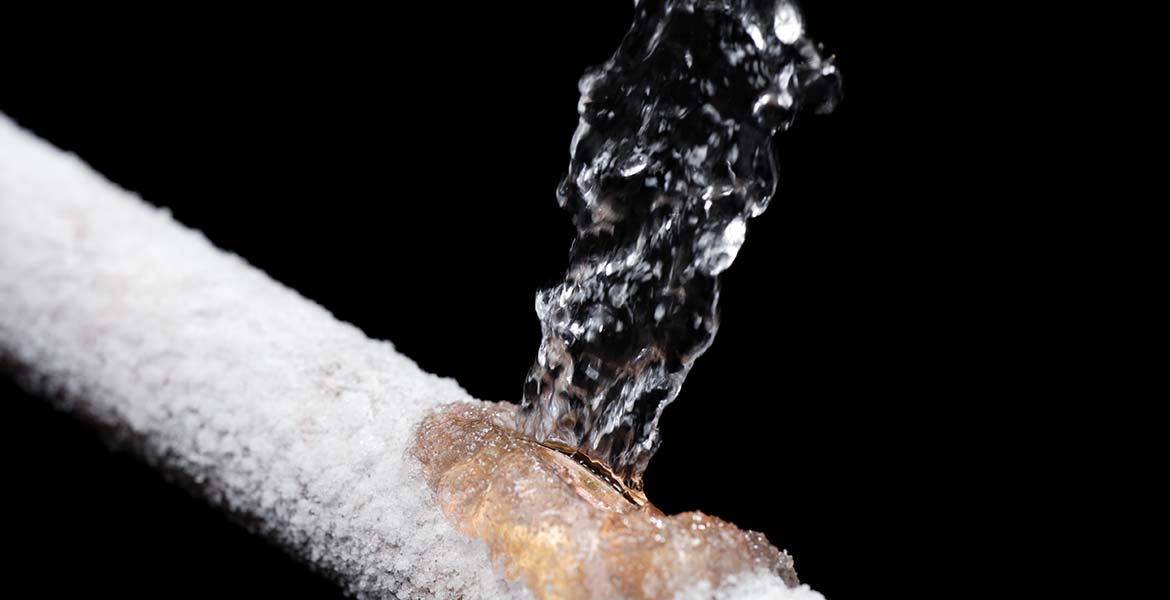
House plumbing needs warm approach
Friday, December 18, 2020
Winter temperatures can lead to frozen pipes in the home and even bigger problems if the pipes burst, said Gina Peek, interim associate dean and Oklahoma State University Extension housing and consumer specialist.
“Freezing water creates a lot of pressure inside the pipe, which in turn can cause the pipe to burst. This can lead to serious flooding, especially if it happens when no one is home or at night when everyone is asleep,” Peek said. “Your best prevention method is to keep the pipes warm enough to stay above the freezing point.”
Peek shared several inexpensive tips to help avoid breakage and serious water damage:
- Keep the heat on: For those planning vacation time away from home, the thermostat doesn’t have to be set as high as when people are around. Even as low as 50 degrees is still warm enough for pipes.
- Keep cabinet doors open: Pipes often are located in cabinets against an outside wall, so keeping those doors can help heat circulation. Open room doors can also make a difference.
- Allow faucets to drip: The same drip-drip-dripping that can be so frustrating when you’re trying to sleep provides pressure relief for a cold pipe system. If a faucet is served by both hot and cold water pipes, open both taps slightly. A single-handle faucet should be set to warm.
- Seal up cracks and holes: Check pipes in the home, and seal gaps with caulk or spray foam around holes where pipes run through walls or floors. Be sure to check outside faucets, too, and seal those gaps.
- Apply heating tape: Heating tape works much like an electric blanket, supplying heat directly to the pipe. This is a great option for short sections of pipe that are at high risk of freezing. There are two types of heating tape – products that turn on and off automatically and those that must be manually adjusted. Be sure to follow manufacturer’s directions.
- Add insulation: Pipes in areas such as a garage, basement or attic can benefit from an extra layer. Pipes often can be fitted with foam rubber or fiberglass sleeves.
- Protect outside faucets: Water spigots and faucets exposed directly to the weather can be especially vulnerable. Protective covers can be found at most home improvement stores. Also be sure to disconnect water hoses and fill any gaps around the faucet.
“If you discover a frozen pipe in your home, shut off the water supply to the house immediately. You may be able to slowly thaw the pipe by wrapping it in towels soaked in hot water,” Peek said. “If you can’t quickly thaw the pipe, aren’t able to locate the frozen pipe or if a pipe has burst, contact a licensed plumber as soon as possible.”
For more information about home maintenance and safety, contact your local OSU Extension office.
MEDIA CONTACT: Trisha Gedon | Agricultural Communications Services | 405-744-3625 | trisha.gedon@okstate.edu
